Filter by
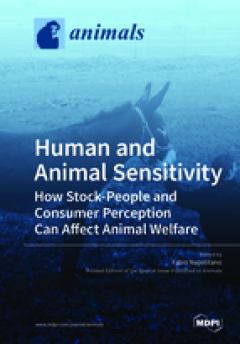
Human and Animal Sensitivity : How Stock-People and Consumer Perception Can A…
This book presents cross-discipline studies covering aspects ranging from animal science to social/consumer sciences and psychology, with the aim to collect and disseminate information promoting the continuous enhancement of animal welfare by improving stakeholders’ perception of animal welfare. Although animal welfare is about how the animals perceive the surrounding environment, the actual …
- Edition
- -
- ISBN/ISSN
- 978-3-03921-262-0
- Collation
- -
- Series Title
- -
- Call Number
- 636 HUM h
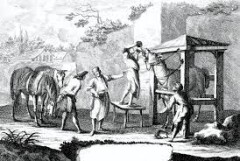
Large Animal Surgery – Supplemental Notes
This textbook includes basic principles of large animal surgery and anesthesia, how to apply those principles to cases and situations, and discover ways of finding answers when you don’t remember the information, are presented with cases that aren’t “textbook” and/or things don’t go as planned
- Edition
- -
- ISBN/ISSN
- -
- Collation
- -
- Series Title
- -
- Call Number
- 636 MAL m
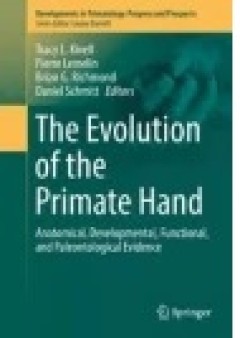
The Evolution of the Primate Hand
This book demonstrates how the primate hand combines both primitive and novel morphology, both general function with specialization, and both a remarkable degree of diversity within some clades and yet general similarity across many others. Across the chapters, different authors have addressed a variety of specific questions and provided their perspectives, but all explore the main themes descr…
- Edition
- -
- ISBN/ISSN
- 978-1-4939-3646-5
- Collation
- XI, 589
- Series Title
- Developments in Primatology: Progress and Prospects
- Call Number
- -
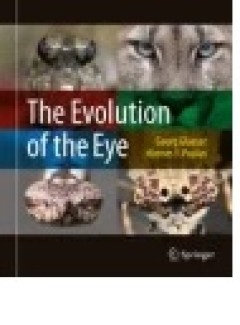
The Evolution of the Eye
With fascinating, spectacularly beautiful images, the book piques readers’ curiosity about the diversity of visual organs. This book is the result of a dual approach – scientific as well as aesthetic. The compelling images are accompanied by an easy-to-read, understandable text, aimed at both scientists and the educated public, and generally anyone interested in the beauty of nature. Thanks…
- Edition
- -
- ISBN/ISSN
- 978-3-319-17476-1
- Collation
- XVI, 214
- Series Title
- -
- Call Number
- -
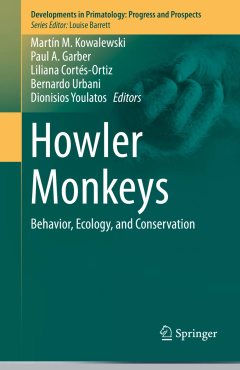
Howler Monkeys: Behavior, Ecology, and Conservation
Howler monkeys (genus Alouatta) comprise twelve species of leaf-eating New World monkeys that range from southern Mexico through northern Argentina. This genus is the most widespread of any New World primate taxa, and can be found to inhabit a range of forest types from undisturbed rainforest to severely anthropogenically impacted forest fragments. Although there have been many studies on indiv…
- Edition
- -
- ISBN/ISSN
- 978-1-4939-1959-8
- Collation
- XIX, 440
- Series Title
- -
- Call Number
- 540 HOW

The Effects of Noise on Aquatic Life II
The meeting of Aquatic Noise 2013 will introduce participants to the most recent research data, regulatory issues and thinking about effects of man-made noise and will foster critical cross-disciplinary discussion between the participants. Emphasis will be on the cross-fertilization of ideas and findings across species and noise sources. As with its predecessor, The Effects of Noise on Aquatic …
- Edition
- -
- ISBN/ISSN
- 978-1-4939-2981-8
- Collation
- XXX, 1292
- Series Title
- Advances in Experimental Medicine and Biology
- Call Number
- -
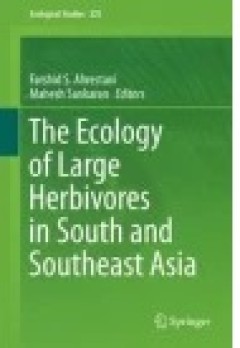
The Ecology of Large Herbivores in South and Southeast Asia
This volume presents, for the first time, a collection of studies on the ecology of the rich and diverse large herbivore assemblages of South and Southeast Asia. Prepared by experts on herbivores of the region, it covers a comprehensive range of topics, including their evolutionary history, behavioural, nutritional, and population ecology, patterns of diversity across environmental gradients, r…
- Edition
- -
- ISBN/ISSN
- 978-94-017-7570-0
- Collation
- VIII, 257
- Series Title
- Ecological Studies
- Call Number
- -

The Ecology of Animal Senses
The collection of chapters in this book present the concept of matched filters: response characteristics “matching” the characteristics of crucially important sensory inputs, which allows detection of vital sensory stimuli while sensory inputs not necessary for the survival of the animal tend to be filtered out, or sacrificed. The individual contributions discuss that the evolution of sensi…
- Edition
- -
- ISBN/ISSN
- 978-3-319-25492-0
- Collation
- X, 269
- Series Title
- -
- Call Number
- -
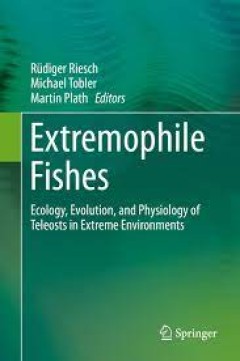
Extremophile Fishes Ecology, Evolution, and Physiology of Teleosts in Extrem…
This book summarizes the key adaptations enabling extremophile fishes to survive under harsh environmental conditions. It reviews the most recent research on acidic, Antarctic, cave, desert, hypersaline, hypoxic, temporary, and fast-flowing habitats, as well as naturally and anthropogenically toxic waters, while pointing out generalities that are evident across different study systems. Knowledg…
- Edition
- -
- ISBN/ISSN
- 978-3-319-13362-1
- Collation
- 14 b/w illustrations, 16 illustrations in colour
- Series Title
- -
- Call Number
- -
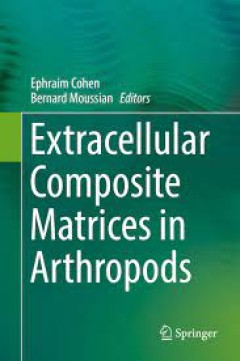
Extracellular Composite Matrices in Arthropods
Emphasis is placed on the elaborate cuticular matrices in insects and crustaceans, spider and insect silks, sialomes of phytophagous and blood-feeding arthropods as well as on secretions of male and female accessory glands. Focus is placed largely on insects, due to the extensive body of published research that in part is the result of available whole genome sequences of several model species (…
- Edition
- -
- ISBN/ISSN
- 978-3-319-40740-1
- Collation
- 39 b/w illustrations, 83 illustrations in colour
- Series Title
- -
- Call Number
- -
 Computer Science, Information & General Works
Computer Science, Information & General Works  Philosophy & Psychology
Philosophy & Psychology  Religion
Religion  Social Sciences
Social Sciences  Language
Language  Pure Science
Pure Science  Applied Sciences
Applied Sciences  Art & Recreation
Art & Recreation  Literature
Literature  History & Geography
History & Geography